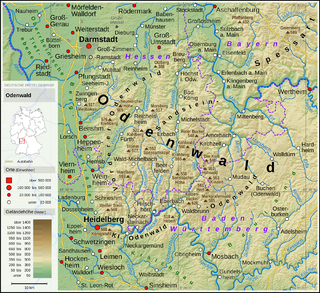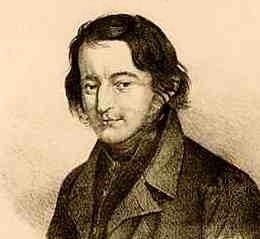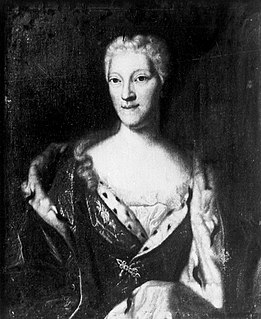
The Helm of Cannae is an artefact in the antiquities collection of Franz, Count of Erbach-Erbach, at Erbach Palace in Erbach im Odenwald. It is, reputedly, one of the few surviving helmets from the field of the Battle between the Roman Republic and the Carthaginians under Hannibal in 216 BC. It is most famous for a legend about its acquisition by the count.

Franz Graf zu Erbach-Erbach was a German nobleman and art collector.

Erbach Palace is a palace in Erbach im Odenwald and the seat of the Count of Erbach. It was originally built in the Middle Ages, but most of the buildings today date back to the early 18th century. The palace houses the extensive antique collection of Franz, Count of Erbach-Erbach.

Erbach is a town and the district seat of the Odenwaldkreis (district) in Hesse, Germany. It has a population of around 13,000.
Legend has it that the helm was stolen from the Vatican Museum by a member of Count Franz I's staff at his direction during his second tour of Italy in 1791. The story of the preparation and commission of this theft was dealt with repeatedly and partially dramatised in nineteenth century literature. The earliest surviving written source is an account by Otto Müller, which was produced before 1868. [1]

Art theft is usually for the purpose of resale or for ransom. Stolen art is sometimes used by criminals as collateral to secure loans. Only a small percentage of stolen art is recovered—estimates range from 5 to 10%. This means that little is known about the scope and characteristics of art theft.
Otto Müller was a German novelist.
The servant who is said to have committed the theft was Friedrich Louis (1759–1846) [2] who later became a forester and great-grandfather of the author Ludwig Ganghofer. [3] He had other descendants too, including Elly Heuss-Knapp, wife of Theodor Heuss, the first President of Germany. [4]

Ludwig Ganghofer was a German writer who became famous for his homeland novels.

Elisabeth Eleonore Anna Justine "Elly" Heuss-Knapp,, was a German politician of the Free Democratic Party (FDP), social reformer, author and wife of German president Theodor Heuss. She was the founder of the Müttergenesungswerk charitable organisation officially called Elly Heuss-Knapp Foundation in her honour.

Theodor Heuss was a West German liberal politician who served as the first President of the Federal Republic of Germany from 1949 to 1959. Beside the stern chancellor Konrad Adenauer, Heuss' cordial manners largely contributed to the stabilization of democracy in West Germany during the Wirtschaftswunder years.
In serious literature about Count Franz, on the other hand, nothing is said about this event and how he acquired the famous helm is not mentioned at all. [5] It is assumed therefore that the story is a Jägerlatein (a cock and bull story), which was recorded by Otto Müller and handed down as local tradition, perhaps based on an actual story told by Forester Friedrich Louis. The story of the Adlerstein of Würzberg is probably also derived from Louis.











